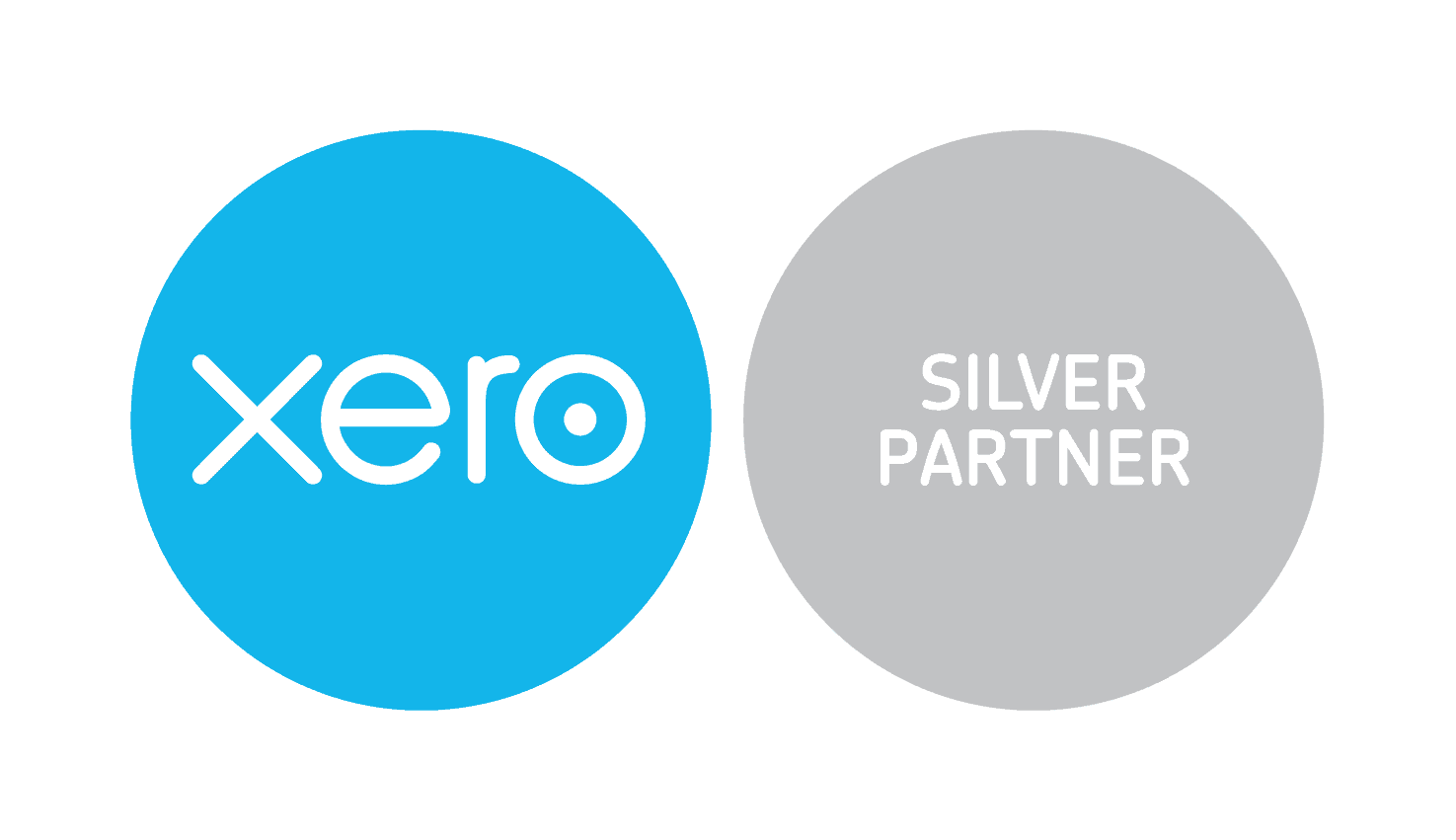
It doesn’t take much to qualify for self-employment taxes. If you’re earning more than $400 from your business or freelancing, the IRS requires you to file a Schedule SE.
In those early years of qualifying, you may not feel like you’re running a real business. But that kind of attitude is self-defeating. First, it doesn’t give you credit for the amazing work you’re doing! But second, it can lead you to make easy mistakes when you file your self-employment taxes.
Maybe you don’t think to count your mileage. Or you mix personal and business costs together. Or you don’t bother with quarterly estimated taxes. These kinds of mistakes may seem small, but they can cause you to miss out on deductions, owe fees, or create more work for you and your accountant as your business grows. So before you file this year, make sure you know these common mistakes business owners make with self-employment taxes.
- Not Claiming the Deduction for Your Home Office
If you’re doing business from home, you may be able to claim a deduction for the space you use. The IRS has two key requirements:
- The space must be used exclusively for business on a regular basis.
- The home must generally be your principal place of business. (This counts situations where you conduct administrative or management activities at home that can’t be performed elsewhere.)
To figure out your deduction, you can fill out Form 8829 or use the simplified option. Form 8829 looks at the percentage of your house being used. Then, you calculate your deduction by looking at things like your rent, mortgage, insurance, and utilities. For the simplified option, you deduct $5 for every square foot of your home used for business, up to 300 square feet.
- Not Tracking Business-Related Mileage
Business mileage confuses a lot of people because they don’t know what kind of trips count. Just like a regular employee, you can’t deduct your mileage to and from work. However, you can deduct any trips taken after you arrive at your first business destination.
For example, let’s say you’re going to spend the day visiting several clients. If you start from home, your trip to your first client wouldn’t count. That’s your first business destination. But when you drive from that client to the next one, you can start counting mileage. When you file, you’ll be able to deduct business mileage in one of two ways:
- Deduct the actual expenses of operating your vehicle.
- Multiply your mileage by the standard mileage rate (56 cents for 2021).
- Not Taking Advantage of the Retirement Contribution Deduction
If you’re paying into a qualified retirement plan, you may be able to deduct your contributions. If you’re single, the IRS allows you to take a full deduction up to your contribution limit. If you’re married, your deduction amount can be affected by your spouse’s income or any work-sponsored retirement plan. However, even a limited deduction can give you a valuable boost!
- Not Keeping up with Bookkeeping Throughout the Year
It’s easy to let your books slide — especially when you’re keeping busy with new orders or clients. But a year is a long time to lose invoices, forget mileage and let personal expenses get mixed with business expenses. By the time tax season rolls around, it can take a real effort to sort through it all.
You may miss important data that can lead to deductions. Plus, you’ll cost your business valuable time as you search for lost paperwork. Give yourself a break by handling your books in the moment. The time you save will make your business more profitable and your tax season more relaxing.
- Not Filing Your Expenses on a Schedule C or Using the Wrong Form for Your Business Structure
The IRS has truly thought through every aspect of a business’s operations. They know that no business makes a pure profit, which is why they created Schedule C. Schedule C covers both your income and your losses to provide an accurate picture of your profit. As you keep your books, track every expense so you can report it on Schedule C. This will keep you from overpaying on your taxes.
As your business grows, you may need to add other forms to your repertoire. To learn more, check out our blog on Common Annual Tax Forms 101.
- Commingling Personal and Business Expenses
The early years of your business can feel a little blurry. Business expenses can feel personal, and vice versa. Trips to the store might cover needs for both parts of your life. Commingling your business and personal expenses can happen before you even realize it! Unfortunately, mixed expenses can make it tricky to prepare your books for tax season. You may miss possible deductions or have to pay back your business for personal expenses.
To avoid this, make sure you’re handling personal and business expenses separately. Open a business bank account to receive payments and make business purchases. Pay yourself out of this account. And if you do make a business purchase with your personal account, make sure to put it in your books immediately.
- Misclassifying Employees as Independent Contractors
It can take quite a few people to keep a small business running — marketers, accountants, IT professionals. Some will be independent contractors, and others will be actual employees. It’s vital that you know the difference between the two.
An independent contractor runs their own business, works with multiple clients, decides what work they’ll do, and is paid when the project is complete. An employee works for your business; typically works only for you; does the work you assign them; and is paid hourly, salary, or by piece rate. (See the full list of differences.)
The regulations surrounding contractors and employees are different. Classifying workers correctly allows you to treat them and your finances appropriately.
- Not Filing on Time
Even if you can’t pay your taxes, you should always file on time or request an extension to avoid a failure-to-file penalty. File your taxes to show the IRS you’re acting in good faith. Then, consider these follow-up steps.
- Pay as much as you can by the filing deadline. The more you pay, the less interest you’ll accrue on unpaid taxes. You still may receive a failure-to-pay penalty. However, the IRS may be able to remove or reduce your penalty if they see you acted in good faith and had reasonable cause for why you couldn’t pay.
- Set up a payment plan. The IRS has short-term payment plans (180 days or less) for people who owe less than $100,000. Long-term payment plans are for those who owe less than $50,000 and can pay monthly.
- Not Paying Quarterly Estimated Taxes
We tend to think of taxes as belonging to one time of year. But, of course, that isn’t true. Employees pay payroll taxes with every paycheck. It’s only when they file their tax returns that they may get a refund of overpaid taxes or find out they owe more. Similarly, you should be making quarterly estimated payments if:
- You are a sole proprietor, partner, or S corporation shareholder, AND
- You expect to owe $1,000 or more in taxes.
You will generally figure out your estimated tax using Form 1040-ES. If your income tends to fluctuate throughout the year, you may need to fill out the form every quarter to get an accurate estimate. While it is only an estimate, making it as accurate as possible will help you avoid penalties.
You Don’t Have to Figure Out Taxes on Your Own
One of the easiest mistakes to make is thinking you have to figure out self-employment taxes on your own. You don’t! Even if you aren’t ready to outsource your bookkeeping or return preparation, schedule a consultation with us to review your return. Let us help you ensure you’re filing your taxes correctly.
We can equip you with the knowledge and tools you need to do your self-employment taxes on your own. Or we can take it off your hands entirely! Either way, our goal is to serve you so you can keep your focus on the business you’ve worked so hard to build.
Schedule a call, and let’s see how we can partner together!





